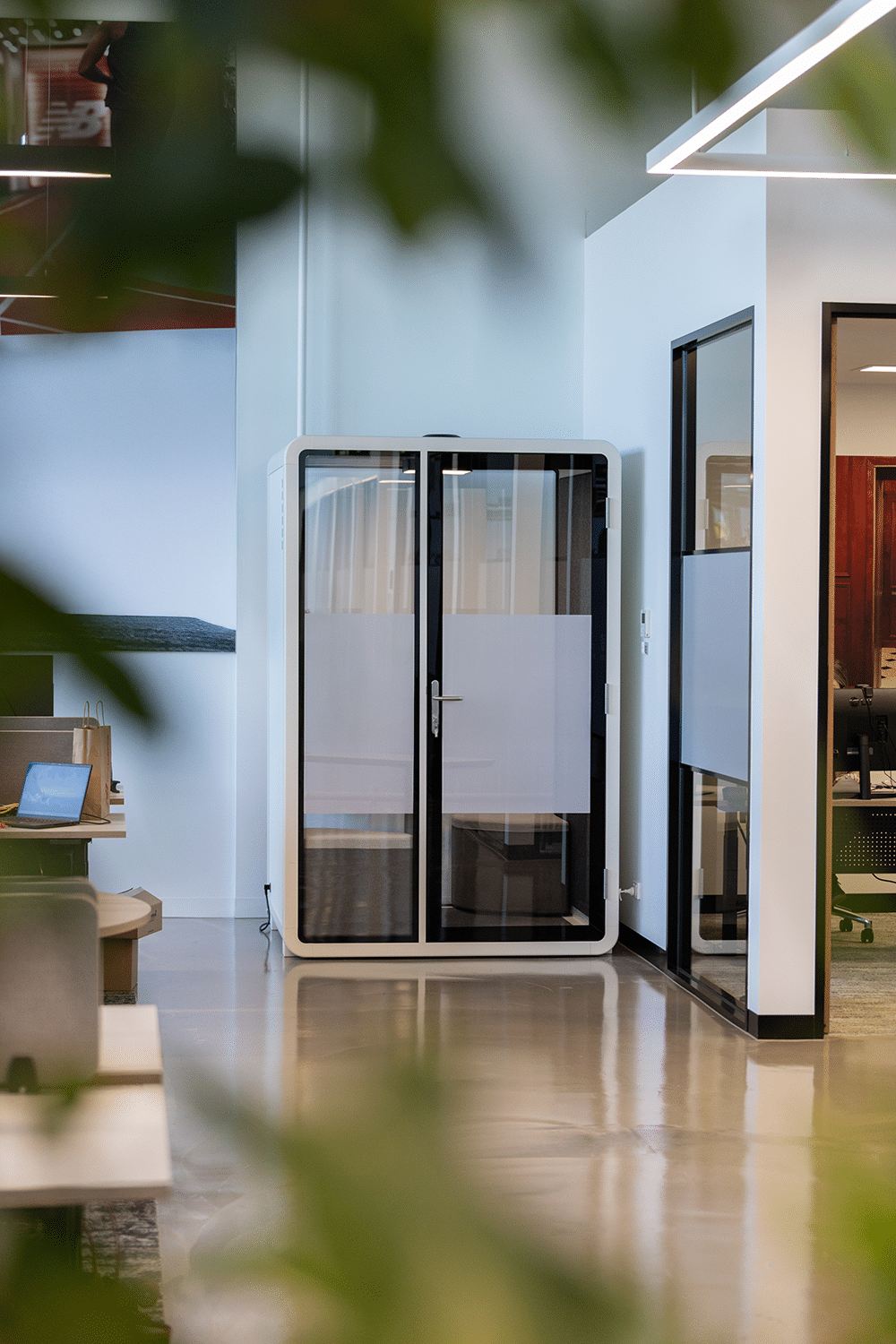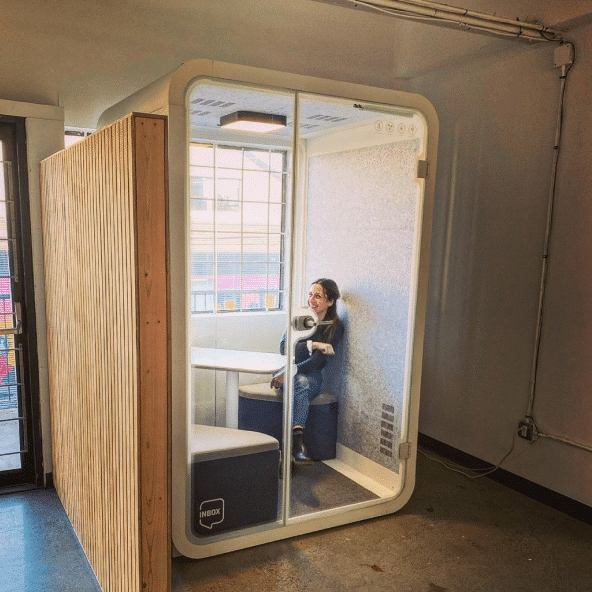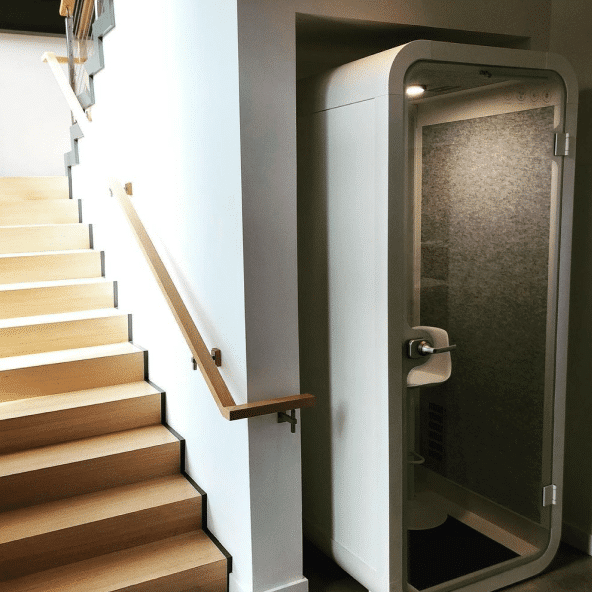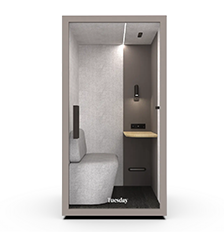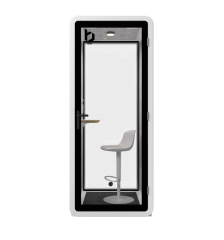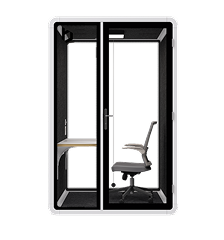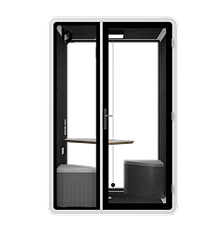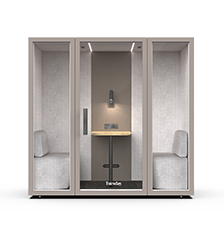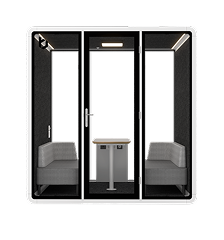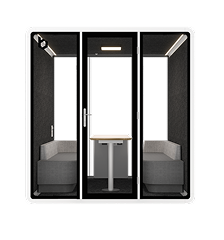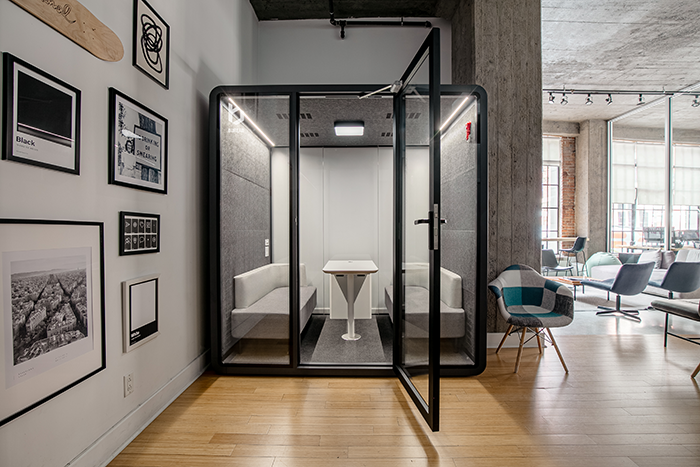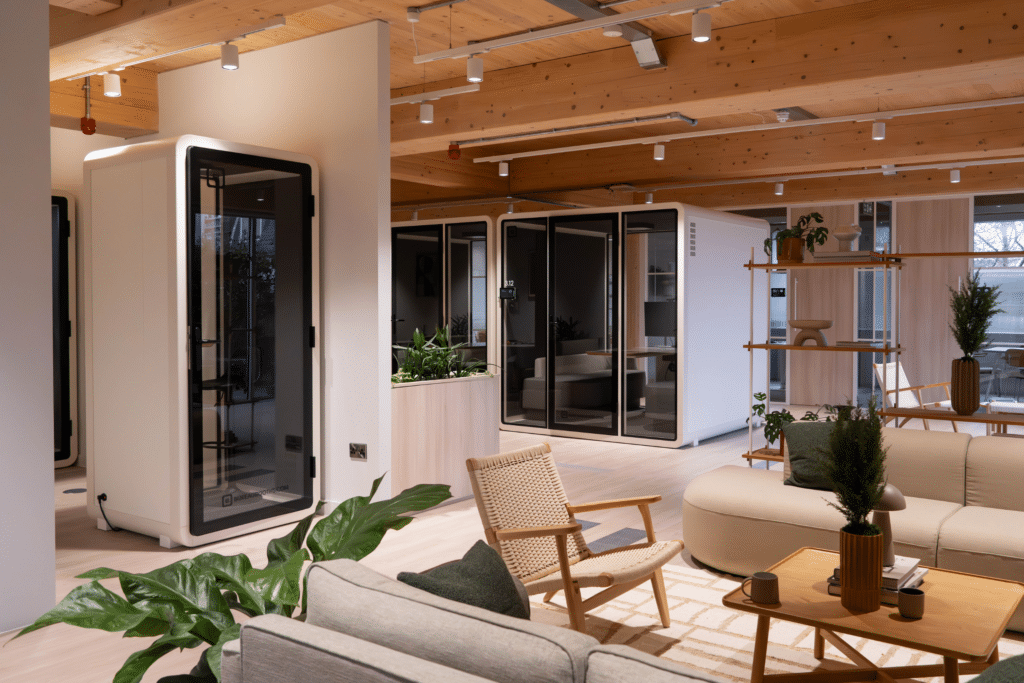Sensory
Enhancing spaces for sensory sensitivities: The power of sensory rooms
Enhancing Spaces for Sensory Sensitivities
Sensory rooms are dedicated spaces that provide quiet, calm, low-stimulation comfort for those with sensory sensitivities, such as neurodivergent individuals and children. Acoustic pods are perfect tools for creating these inclusive, supportive spaces where comfort and sensory support unite to enhance the lives of those who need it most.
Leveraging research on sensory environments, our Sensory booth combines key principles with modern design to offer a space that helps users relax, self-regulate, and find comfort in otherwise overstimulating environments.

Stress Reduction
A quiet, soothing atmosphere aids in stress reduction, anxiety management, and emotional well-being.
Sensory Exploration and Regulation
Sensory rooms provide safe spaces for users to explore their senses and self-regulate.
Enhances Focus and Learning
The low-sensory environment promotes concentration and enhances learning experiences.
Comfort and Play
The quiet and privacy of sensory rooms promotes mental well-being, self-care, and comfort for both adults and kids during their play and learning activities.

Bureau Sensory Booths: Designed for Inclusive Comfort
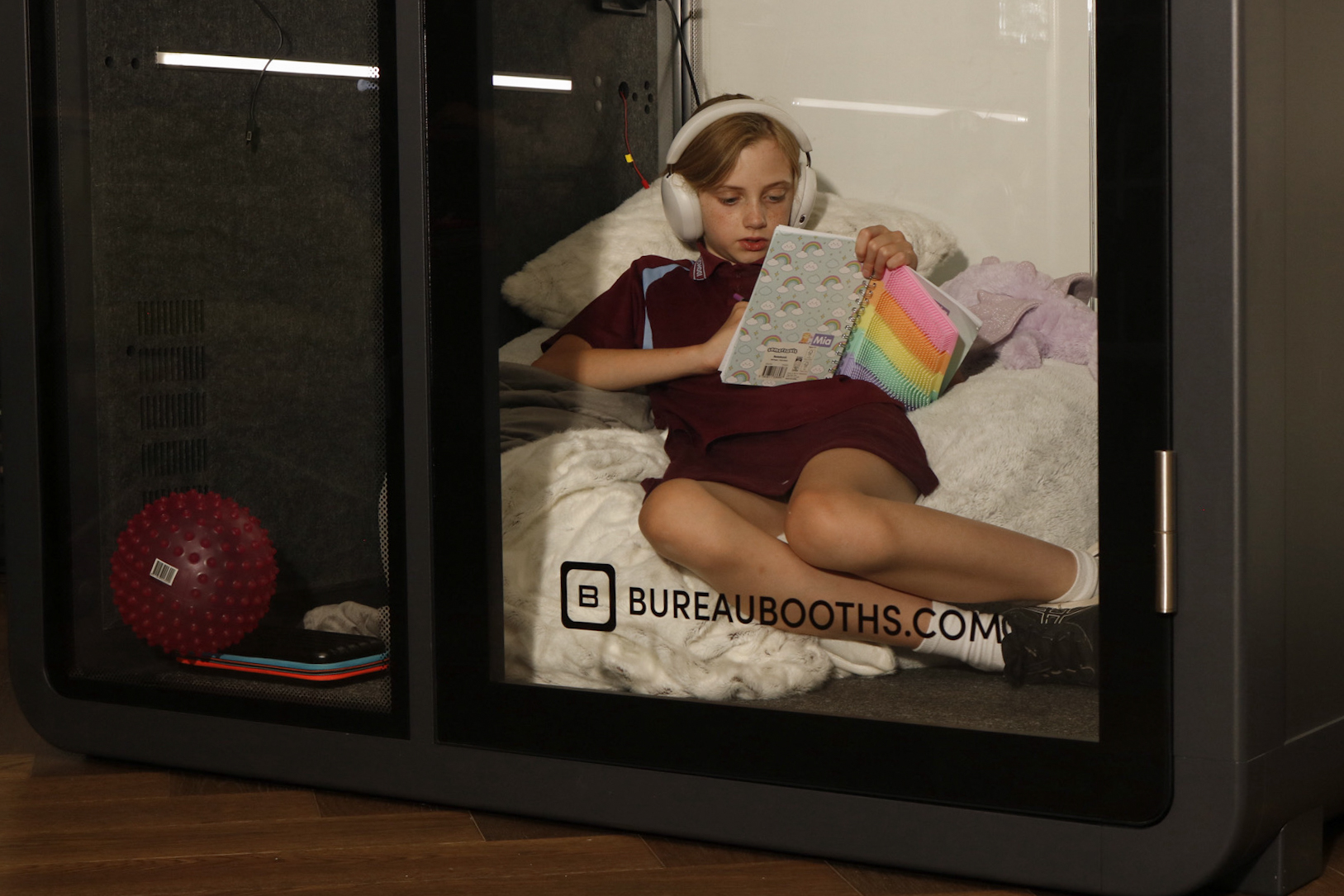
Peaceful Sanctuary
Our Sensory booth’s walls are designed to provide top-notch soundproofing, creating a quiet and calming atmosphere.

Sensory-Friendly Lighting
Adjustable, dimmable LED lighting ensures a customisable visual experience, empowering users to set the brightness to their liking.

Cozy and Inviting Seating
Plush, ergonomic seating options provide a comfortable and cozy space for learning, relaxation, and play.

Sensory-Aware Decor
Our decor features soft, calming colours and natural textures like wood or fabric, reducing sensory distractions and promoting focus.
You’re in good company
Trusted by businesses around the world.
What Makes A Good Sensory Room?

Lighting & Temperature
Adjustable lighting should accommodate various needs, including options for dimming or colour changes. Maintaining a comfortable, controllable climate with proper ventilation is also important.
Location
Sensory rooms are best located on the ground floor to aid accessibility and should be placed away from noisy areas to maintain a calm environment.
Dimensions
A sensory room should offer ample space for free movement and the safe use of sensory equipment. It should be designed to feel open and secure, avoiding cramped conditions.
Power & Data
All electrical installations must adhere to safety standards, with outlets safely secured or covered. Data connectivity options are also key as they help support interactive devices.
Noise Control
Soundproofing measures help to isolate the sensory room acoustically, ensuring it remains undisturbed by external noise and does not disturb neighbouring spaces.
Safety & Accessibility
Safety features should include non-slip flooring, clearly marked and accessible emergency exits, and securely installed equipment to ensure it remains stable and safe to use.
Explore our Showroom Network
Discover our signature showrooms across North America and experience the ultimate in design and innovation.
Not near a Showroom?
Get in touch
